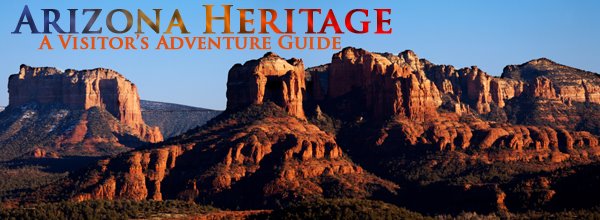
It's hard to believe that this year is the 20th anniversary of the San Pedro Riparian National Conservation Area, the first one in the nation.
Riparian simply means something that's located on or lives around the banks of a natural watercourse, such as a river. In the desert, however, that's not so simple.
In years prior to the acquisition of the old Spanish land grant by the U.S. Bureau of Land Management, the San Pedro was just another site for multiple uses. No one thought about what impact nearby Fort Huachuca would have on the water table and no one was trying to promote birdwatching in the area, much less bring back the long-depleted beavers.
But when Ronald Reagan signed the designation bill in November 1988, he set aside about 40 miles of the Upper San Pedro, which the BLM now calls one of the "crown jewels" in its National Landscape Conservation System.
Earlier this year, many of the folks who have worked on preserving and restoring the river for the past two decades gathered at the San Pedro House a few miles outside Sierra Vista to recall what it means. A number of politicians, professional land managers and volunteers, who have put thousands of hours into making it all work, were recognized.
People come to the San Pedro from all over the world for a variety of reasons, perhaps the simplest being "because it's there." But it's more than just there. The Nature Conservancy, for example, has designated it one of the "Last Great Places on Earth."
The river that flows north out of Mexico to the the Gila attracts million of birds (some 345 species, or nearly half of the entire North American bird fauna, the Conservancy says), which depend on the watercourse to survive. There are 13 species of breeding raptors, such as hawks and owls, who make the San Pedro home, and that's one of the most diverse concentrations in North America, the Conservancy says. These bird provide one of the major attractions of the River.
The Conservation Area contains about 58,000 acres of public land in Cochise County, most of which originally was a Spanish land grant. It was tax regulations governing these grants that kept the land intact and allowed BLM to acquire such a large tract. Included in the area are mammoth sites dating to Clovis Man some 12,000 years ago, as well as Spanish settlements going back several hundred years.
To get directions to the site and to learn what is possible and what is not permitted, visit BLM's website for the San Pedro. To learn more about the San Pedro and neighboring cities, including Tombstone, Bisbee and Sierra Vista, get one of these interesting books. The photo is by BLM's Diane Drobka.




No comments:
Post a Comment